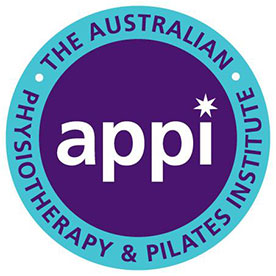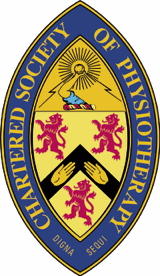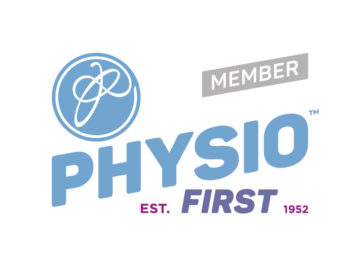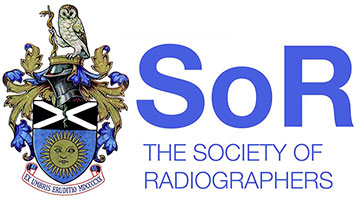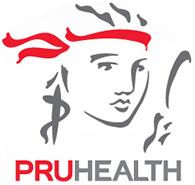.jpg)
Breaking Down Biomechanics
You might have stumbled across the term ‘biomechanics’ and been bamboozled or scared by its scientific-sounding name but rest assured, it really is a simple science. Breaking down the word: ‘bio’ refers to it as a biological, so straight away we know we’re looking at living organisms, and ‘mechanics’ refers to forces and components that produce motion. So in spite of the jargon, all we’re really talking about here is how parts of the big biological machine that is our body, work together to make us move.
Why would you need it?
Very few people are completely symmetrical and this can affect the way they stand and move. A biomechanical assessment is worthwhile if a person has experienced long-term niggling pain in their feet, ankles, legs, knees, hips or back. Many people adapt to these abnormalities without any problems, however, for others, it can cause constant pain in the joints, ligaments, tendons and muscles. Common reasons for pain can be high or low arches in the feet, one leg longer than the other or an injury that has not healed correctly.
What happens?
An assessment usually takes between 45 – 60 minutes starting with a discussion about previous injuries and an assessment of your lower limbs. Lying down, a podiatrist will examine the range of motion in your joints, the strength of your muscles and the relationship between the two determine if there are weaknesses or structural abnormalities. Then, with you standing in a relaxed pose, the alignment of your body will be checked and if we deem it necessary a gait analysis will be carried out.
Although another scientific term, this process explores the interaction of your lower limbs in motion in the time between one foot leaving the ground and the other hitting it when walking and running. If you think you require a biomechanical assessment request an appointment online or call our Gosforth Physio team on 0191 284 9111.

